Southeast Asia is a paradise for food lovers, offering a vibrant mix of flavors and traditions. From spicy curries to sweet desserts, every dish tells a story of culture and heritage. The region’s cuisine is as diverse as its landscapes, with each country showcasing unique specialties. Sampling these dishes is like taking a culinary journey across bustling markets and quiet villages. Whether you crave bold spices or subtle flavors, Southeast Asia has something to delight every palate.
Nasi Lemak (Malaysia)
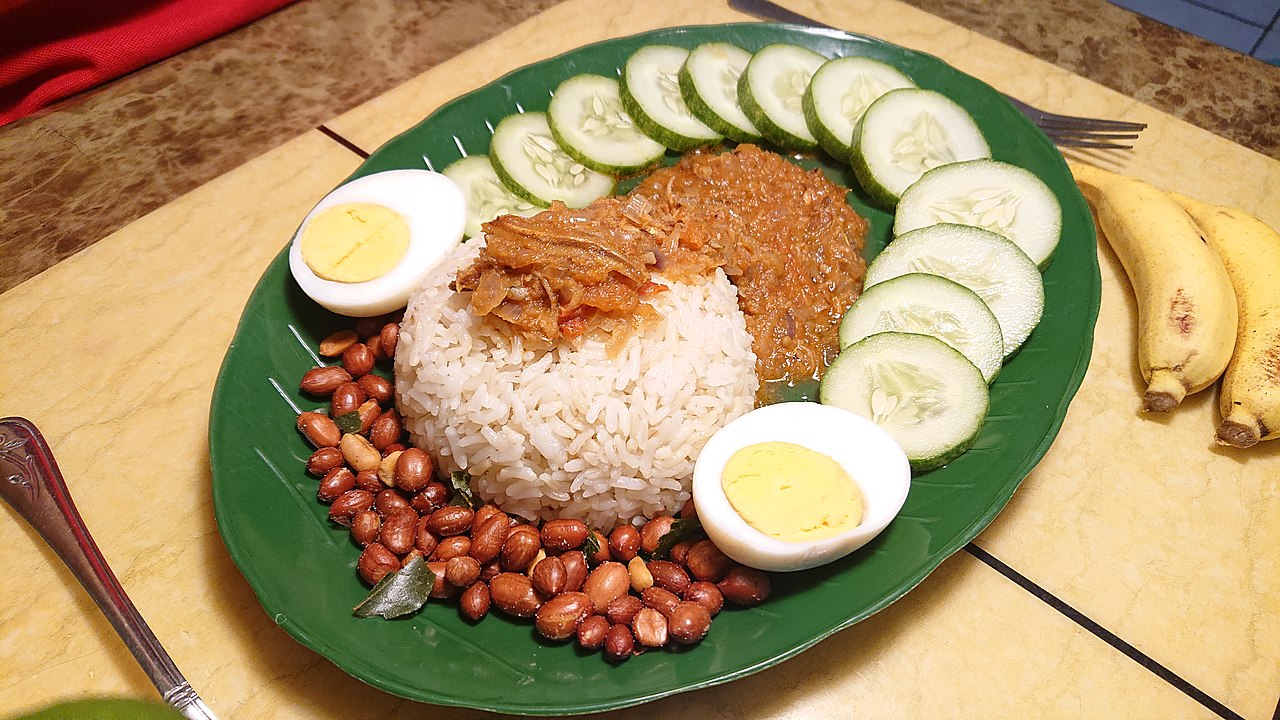
Nasi Lemak is Malaysia’s beloved national dish, often enjoyed for breakfast. It’s a fragrant rice dish cooked in coconut milk and pandan leaves, served with sambal, boiled egg, fried anchovies, peanuts, and cucumber. The combination of creamy, spicy, and savory flavors sets it apart from other rice dishes in Southeast Asia. Originating from the Malay community, it’s a symbol of cultural unity as variations of the dish are enjoyed across the country. Its simplicity yet versatility makes it a must-try for anyone visiting Malaysia.
Pho (Vietnam)
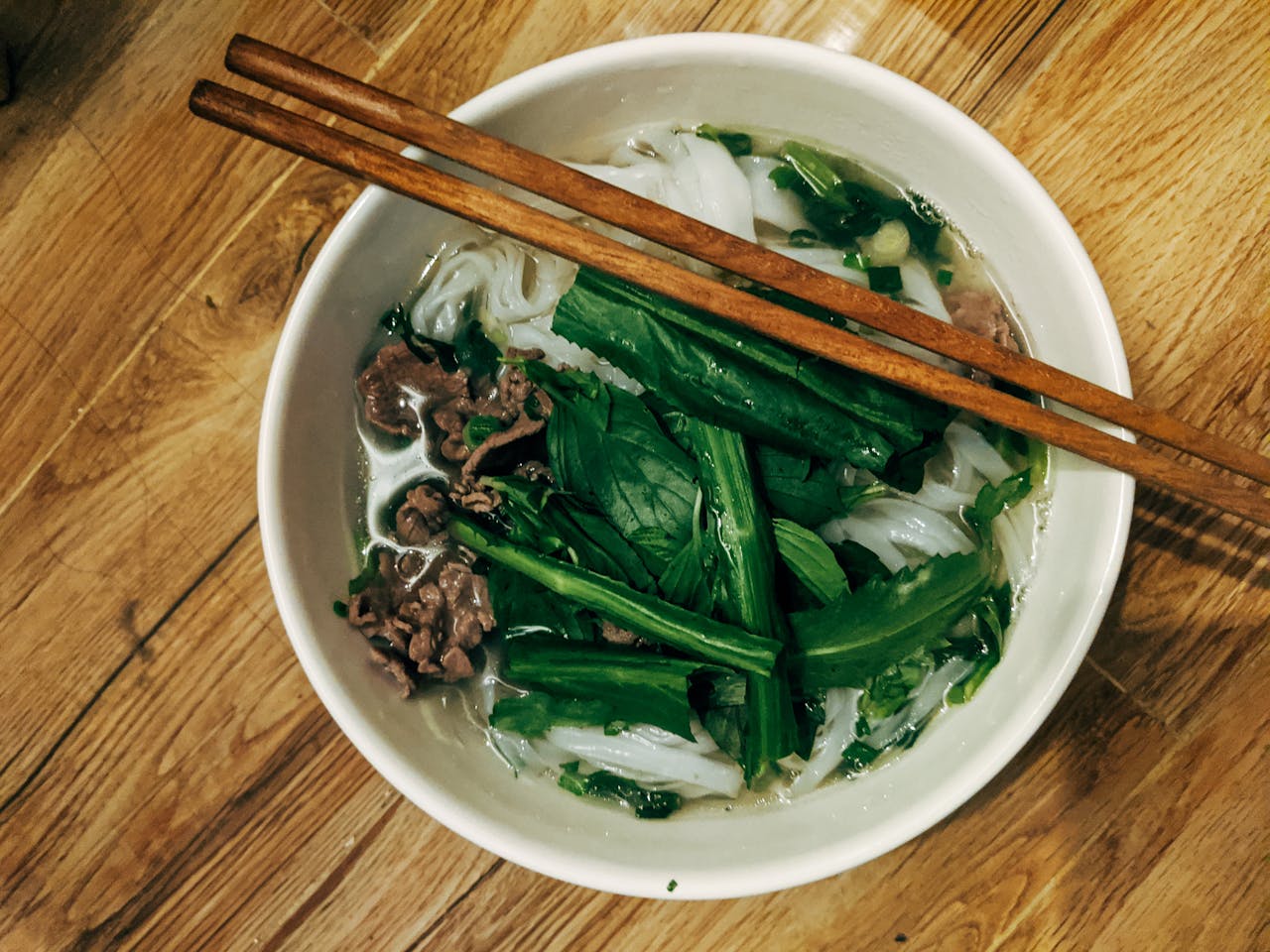
Pho is Vietnam’s iconic noodle soup, known for its aromatic broth and fresh ingredients. Made with beef or chicken, the broth is simmered for hours with spices like star anise, cinnamon, and ginger. Rice noodles, thinly sliced meat, and herbs like cilantro and basil complete the dish. Its origins date back to early 20th-century Hanoi, and it has since become a global favorite. The balance of flavors and its comforting warmth make it a standout among noodle soups.
Adobo (Philippines)
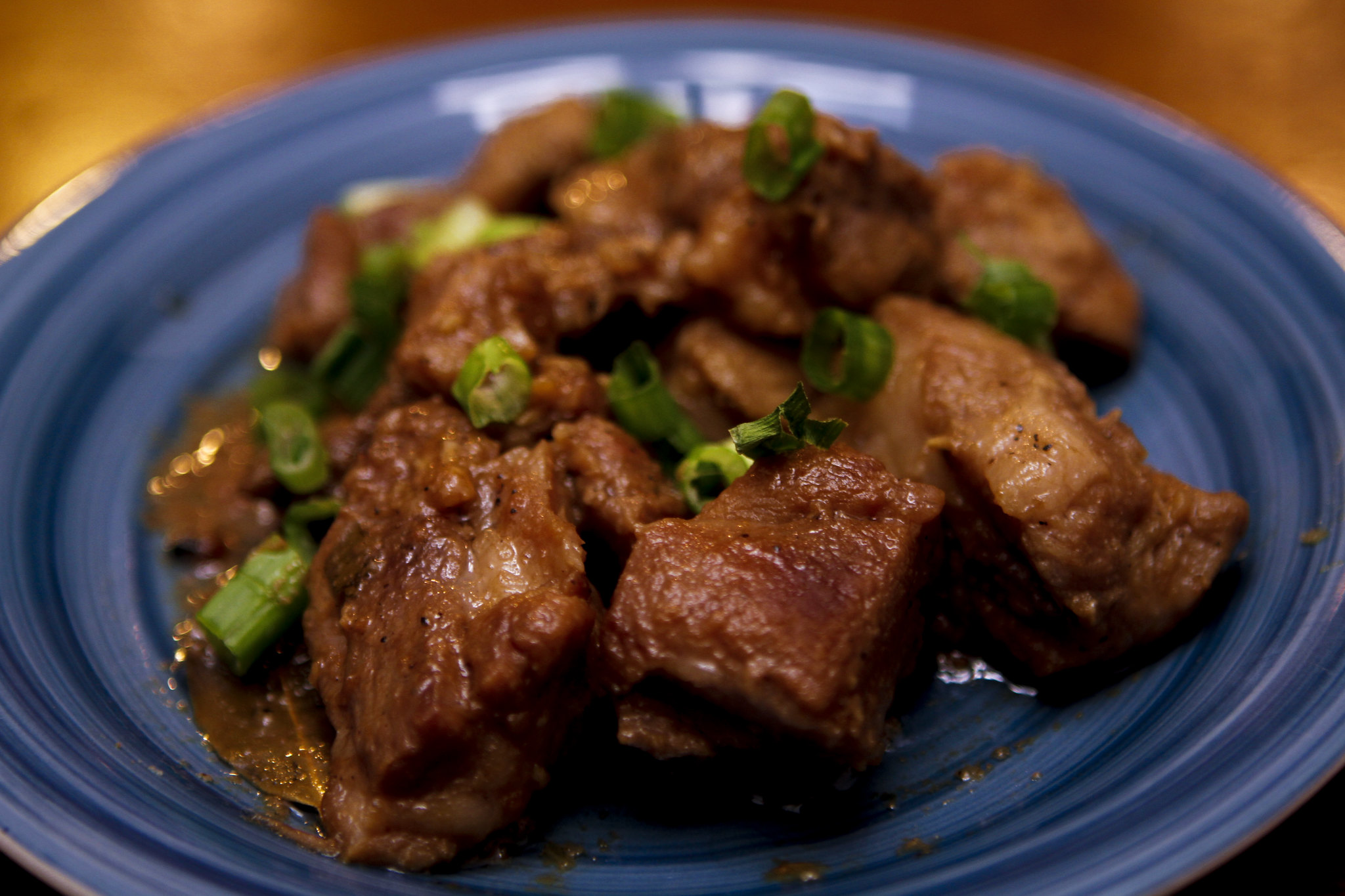
Adobo is a staple in Filipino households and often considered the country’s unofficial national dish. It’s a savory and slightly tangy stew made with chicken or pork, marinated in vinegar, soy sauce, garlic, and spices. The dish’s adaptability allows each region to have its unique version, making it deeply personal and culturally significant. It originated during the Spanish colonization, though its name comes from the Spanish word for marinade. Its bold yet comforting flavors make it a standout in Southeast Asian cuisine.
Tom Yum Goong (Thailand)
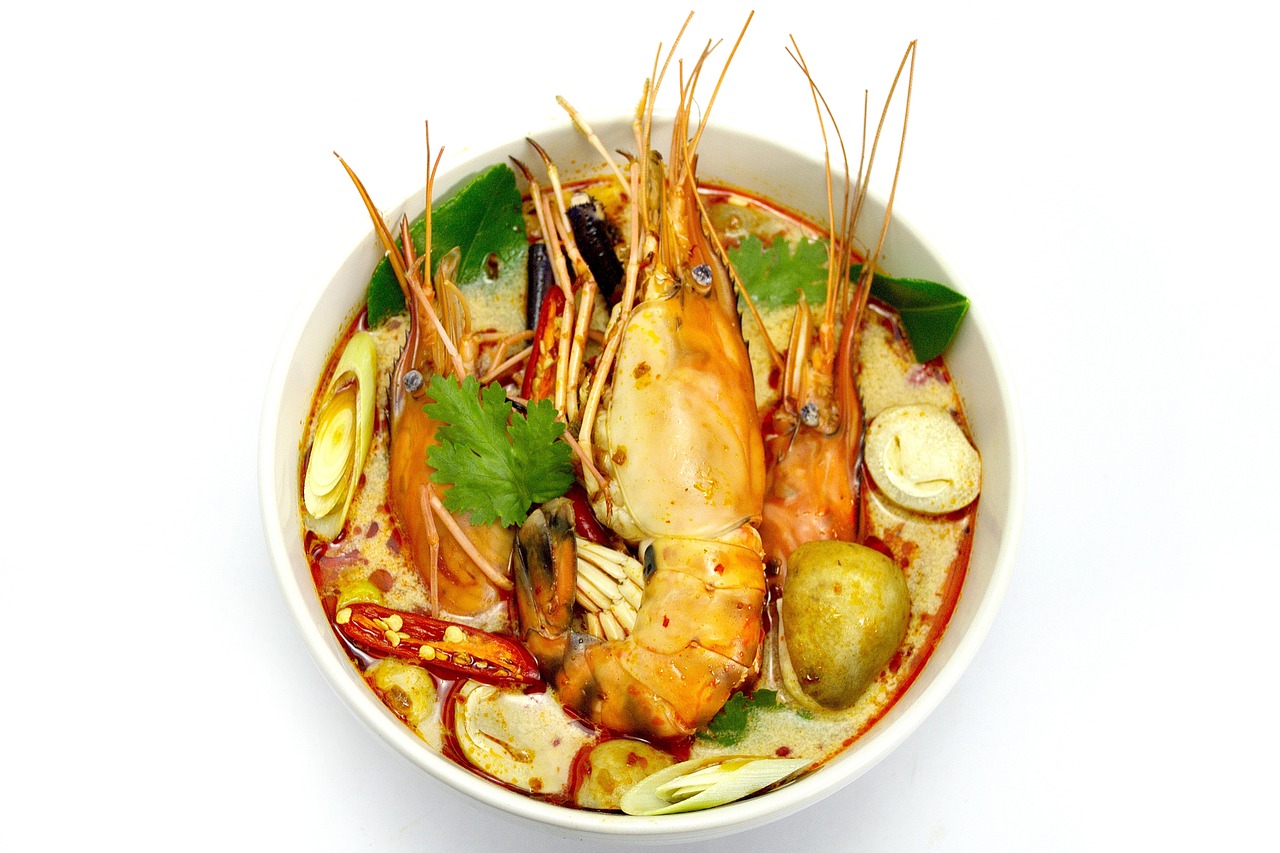
Tom Yum Goong is Thailand’s most famous soup, celebrated for its vibrant and spicy flavors. Made with shrimp, lemongrass, lime leaves, galangal, and chili paste, it’s both refreshing and intensely flavorful. The perfect balance of sour, spicy, and savory notes is what makes this dish unforgettable. Originating from Central Thailand, it’s a staple in Thai households and restaurants worldwide. The use of fresh herbs and bold spices defines its unique character.
Laksa (Malaysia/Singapore)
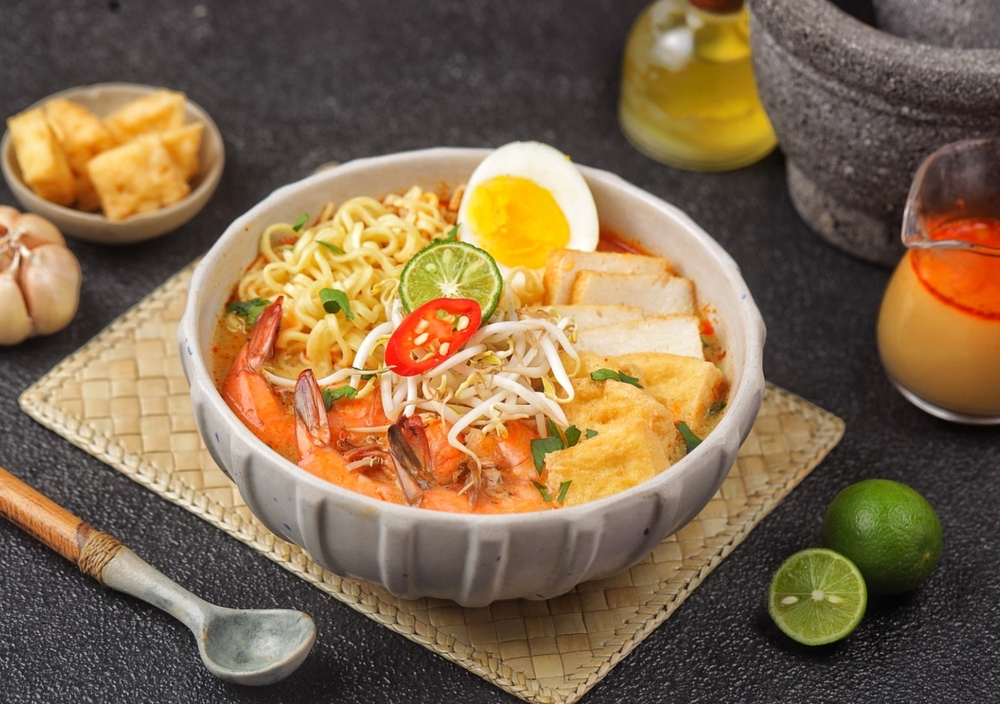
Laksa is a spicy noodle soup that’s a must-try in Malaysia and Singapore. It’s made with a rich, spicy coconut milk or tamarind-based broth, served with rice noodles, prawns, tofu, and boiled eggs. What sets laksa apart is the fusion of Malay, Chinese, and Indian culinary influences. Originating from the Peranakan culture, it reflects the multicultural heritage of the region. Its bold flavors and creamy texture make it an unforgettable dish.
Banh Xeo (Vietnam)
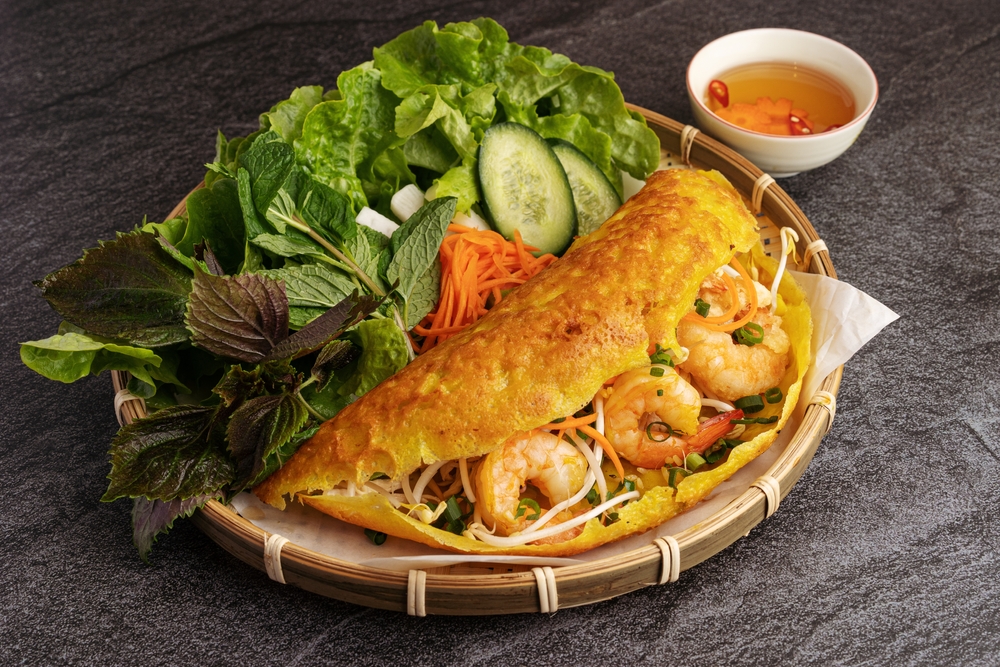
Banh Xeo is a Vietnamese savory pancake that’s both crispy and flavorful. Made with rice flour, coconut milk, and turmeric, it’s filled with shrimp, pork, bean sprouts, and green onions. Originating from southern Vietnam, the dish is eaten by wrapping pieces in lettuce and herbs before dipping them in a sweet-sour fish sauce. Its crispy texture and fresh accompaniments set it apart from similar dishes in the region. It’s a delightful snack or light meal that’s perfect for exploring Vietnamese cuisine.
Rendang (Indonesia)
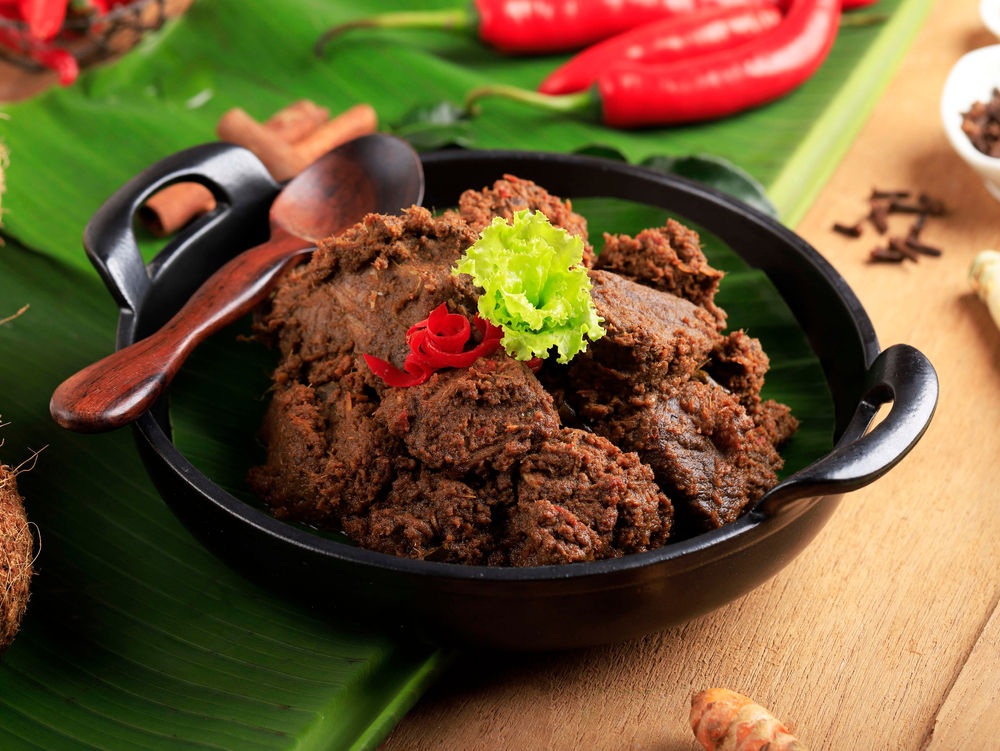
Rendang is a rich and tender meat dish from Indonesia, slow-cooked with coconut milk and a blend of aromatic spices. Often made with beef, it’s flavored with ginger, turmeric, garlic, and chili, creating layers of intense flavor. Originally from West Sumatra, it’s a traditional Minangkabau dish served during festive occasions. The slow-cooking process caramelizes the ingredients, giving rendang its signature depth. Its complexity and robust taste make it a must-try.
Lumpia (Philippines)
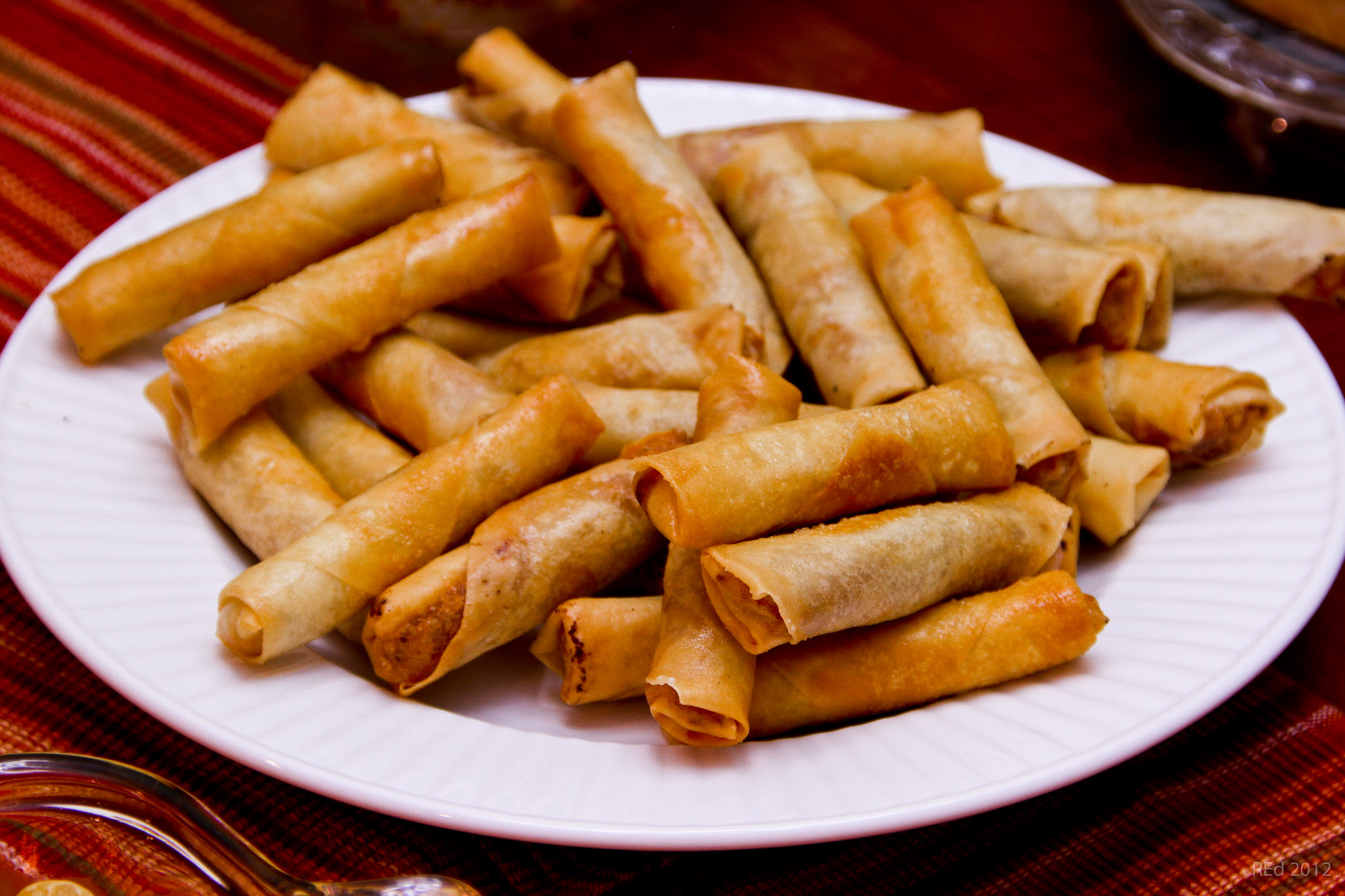
Lumpia is the Filipino take on spring rolls, a popular snack or appetizer in Southeast Asia. Made with thin crepe-like wrappers, they’re filled with minced pork, vegetables, and sometimes shrimp, then deep-fried to golden perfection. Introduced by Chinese immigrants, lumpia has evolved to include a variety of fillings and dipping sauces. What makes it unique is its light, crispy texture and the balance of savory flavors. It’s a crowd-pleaser at parties and gatherings.
Pad Thai (Thailand)
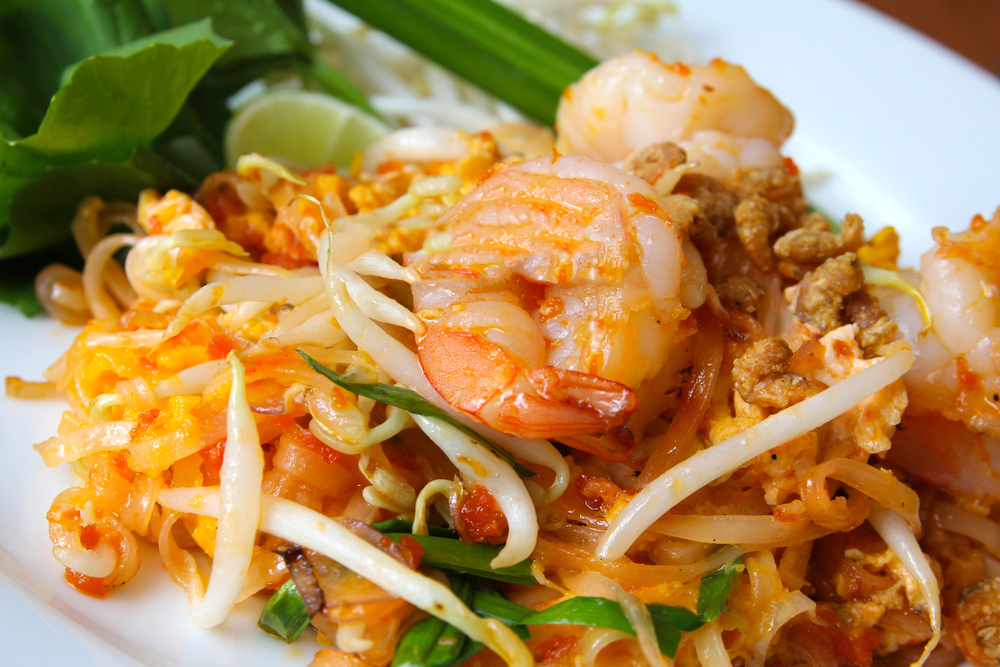
Pad Thai is a classic Thai stir-fried noodle dish that’s both savory and slightly sweet. Made with rice noodles, shrimp, tofu, eggs, tamarind paste, and peanuts, it’s a harmonious blend of flavors and textures. Originating as a street food in Thailand, it became popular during World War II as a way to promote national identity. Its vibrant presentation and deliciously balanced taste make it a favorite among Thai dishes. It’s a must-try for any noodle lover.
Hainanese Chicken Rice (Singapore/Malaysia)
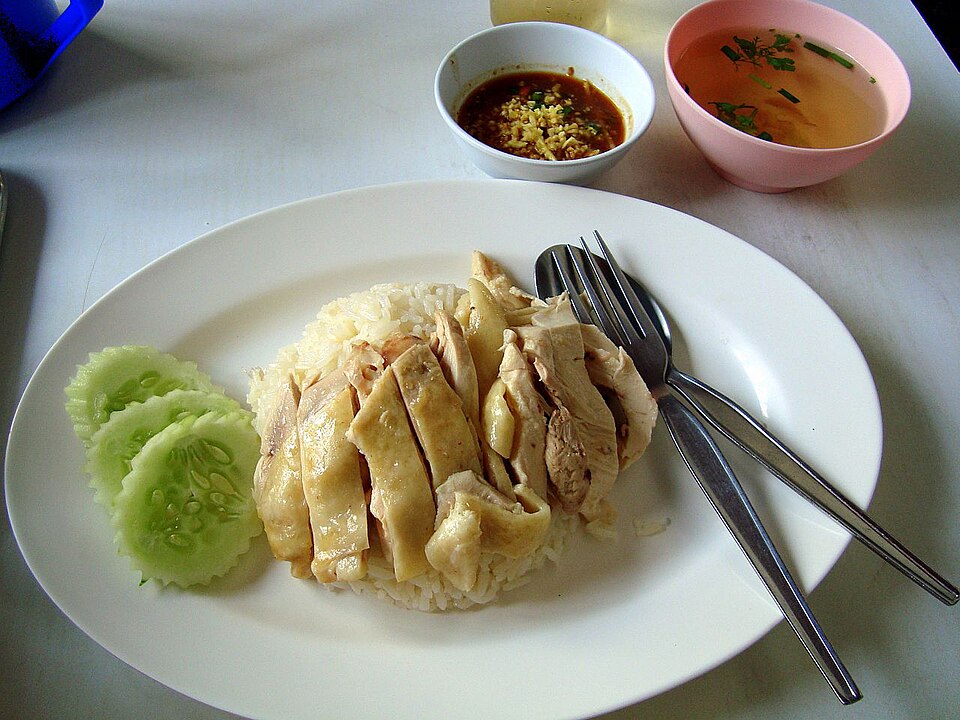
Hainanese Chicken Rice is a simple yet flavorful dish, originally from Hainan, China, and popularized in Singapore and Malaysia. It features poached chicken served with fragrant rice cooked in chicken stock, accompanied by chili sauce and ginger paste. Its clean flavors and emphasis on quality ingredients make it a standout. What makes it unique is the meticulous preparation and balance of textures. It’s a comforting meal that reflects the culinary heritage of the region.
Kare-Kare (Philippines)
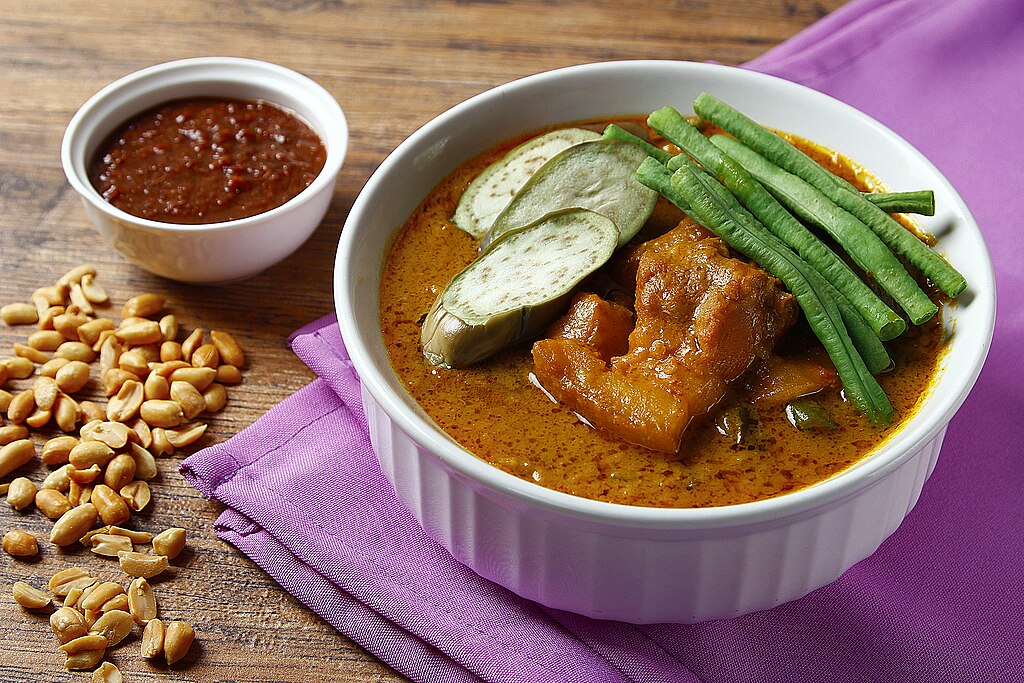
Kare-Kare is a Filipino oxtail stew known for its creamy peanut sauce and unique flavor profile. Often served with vegetables like eggplant, string beans, and bok choy, it’s accompanied by shrimp paste for added depth. The dish originated from the Kapampangan region and is a staple during festive occasions. Its creamy, nutty sauce sets it apart from other stews in Southeast Asia. It’s a comforting and hearty dish that showcases Filipino culinary creativity.
Amok Trey (Cambodia)
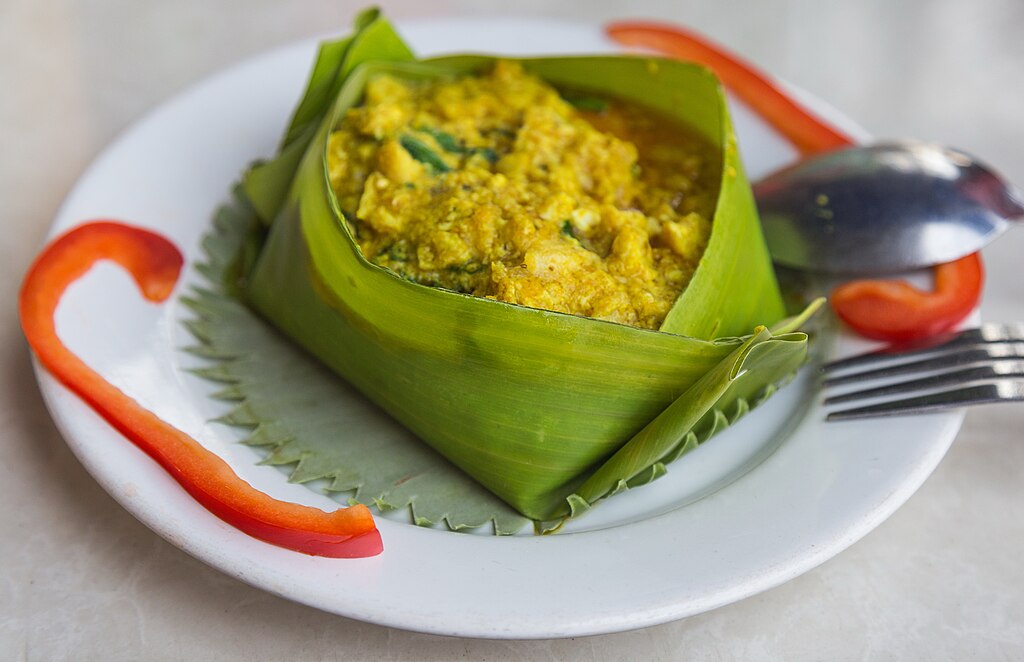
Amok Trey is Cambodia’s national dish, a steamed fish curry with a creamy coconut milk base. It’s made with freshwater fish, coconut cream, and a spice paste called kroeung, wrapped in banana leaves. This dish is unique for its presentation, as it’s often served in a banana leaf bowl. Originating from Khmer cuisine, it reflects the country’s use of fresh, local ingredients. The subtle blend of spices and creamy texture make it a must-try dish.
Satay (Indonesia/Malaysia/Thailand)
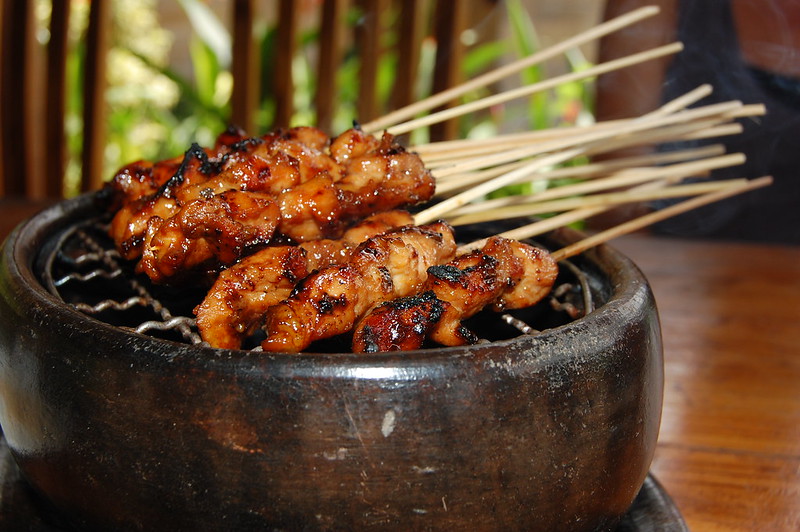
Satay is a popular Southeast Asian street food, featuring skewered and grilled meat served with peanut sauce. Originating from Indonesia, it’s now enjoyed across Malaysia and Thailand with regional variations. The marinade, which often includes turmeric and lemongrass, gives the meat its distinct flavor. It’s typically made with chicken, beef, or lamb and is perfect for casual gatherings or as a quick snack. The smoky, charred flavor and rich sauce make it irresistible.
Sinigang (Philippines)
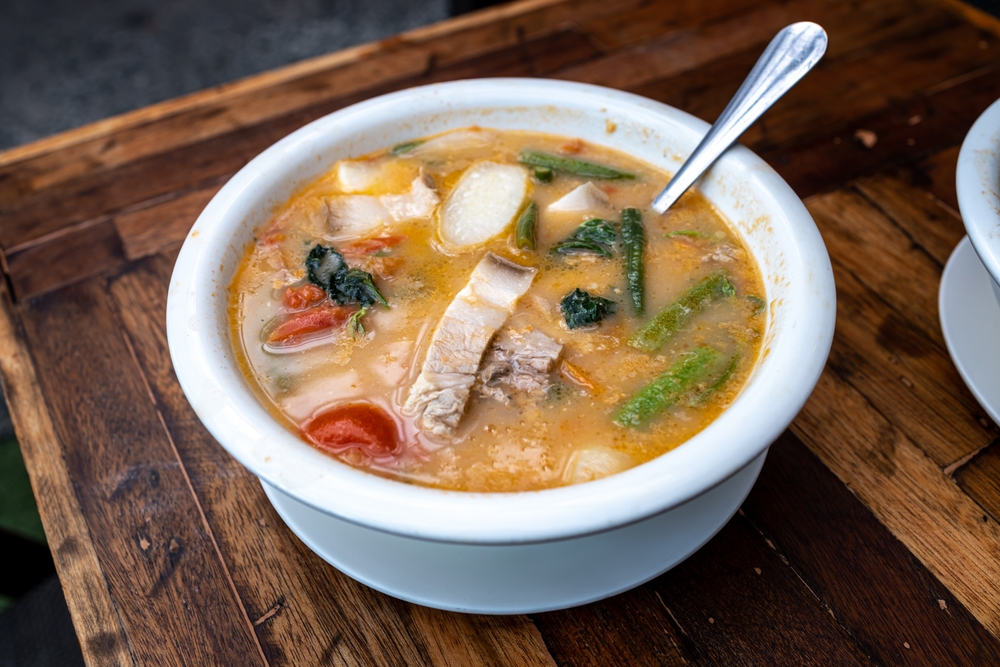
Sinigang is a Filipino sour soup that’s both comforting and refreshing. Made with pork, shrimp, or fish, it’s flavored with tamarind for a tangy kick, along with vegetables like radish, eggplant, and water spinach. It’s considered one of the most iconic dishes in Filipino cuisine due to its unique sour flavor profile. Each family has its variation, making it a deeply personal dish. It’s perfect for a hearty, satisfying meal on a rainy day.
Cha Ca (Vietnam)
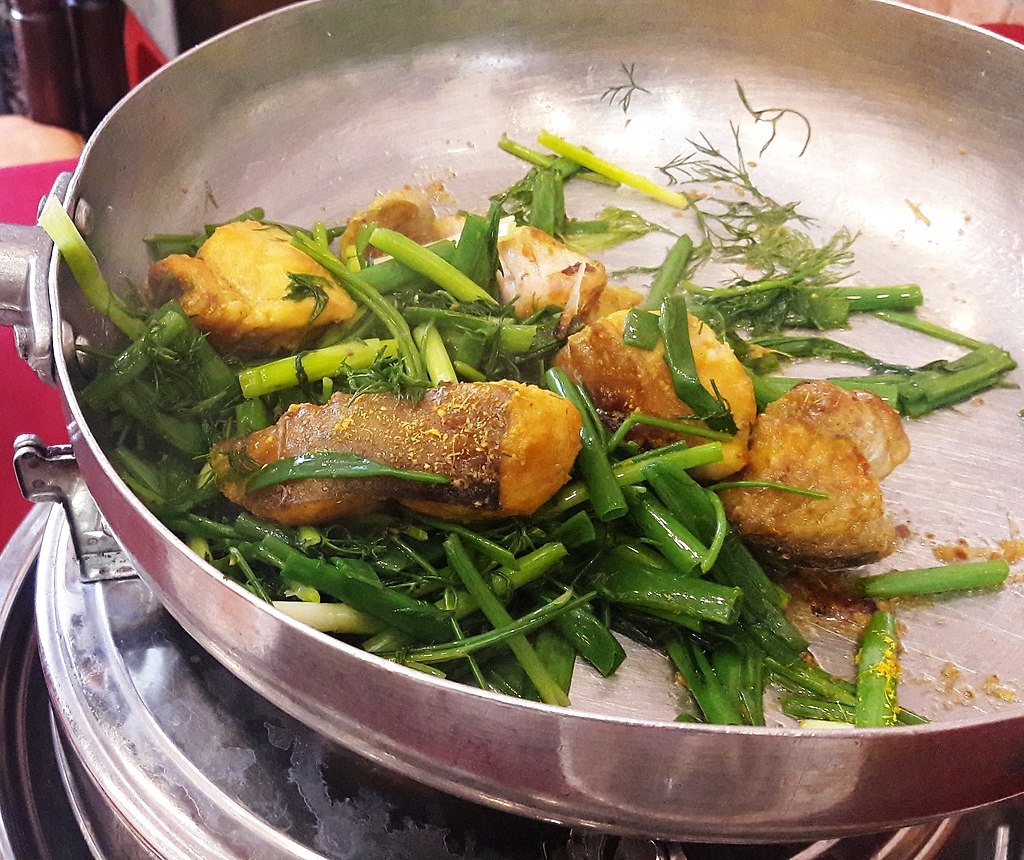
Cha Ca is a northern Vietnamese dish featuring turmeric-marinated fish, often served sizzling on a pan. It’s typically cooked with dill, green onions, and shrimp paste, giving it a distinctive flavor. Originating from Hanoi, it’s a specialty that dates back over a century. What sets it apart is the unique use of dill as a herb, which is uncommon in Southeast Asian cuisine. The dish is best enjoyed with rice noodles and a sprinkle of peanuts.
Mohinga (Myanmar)
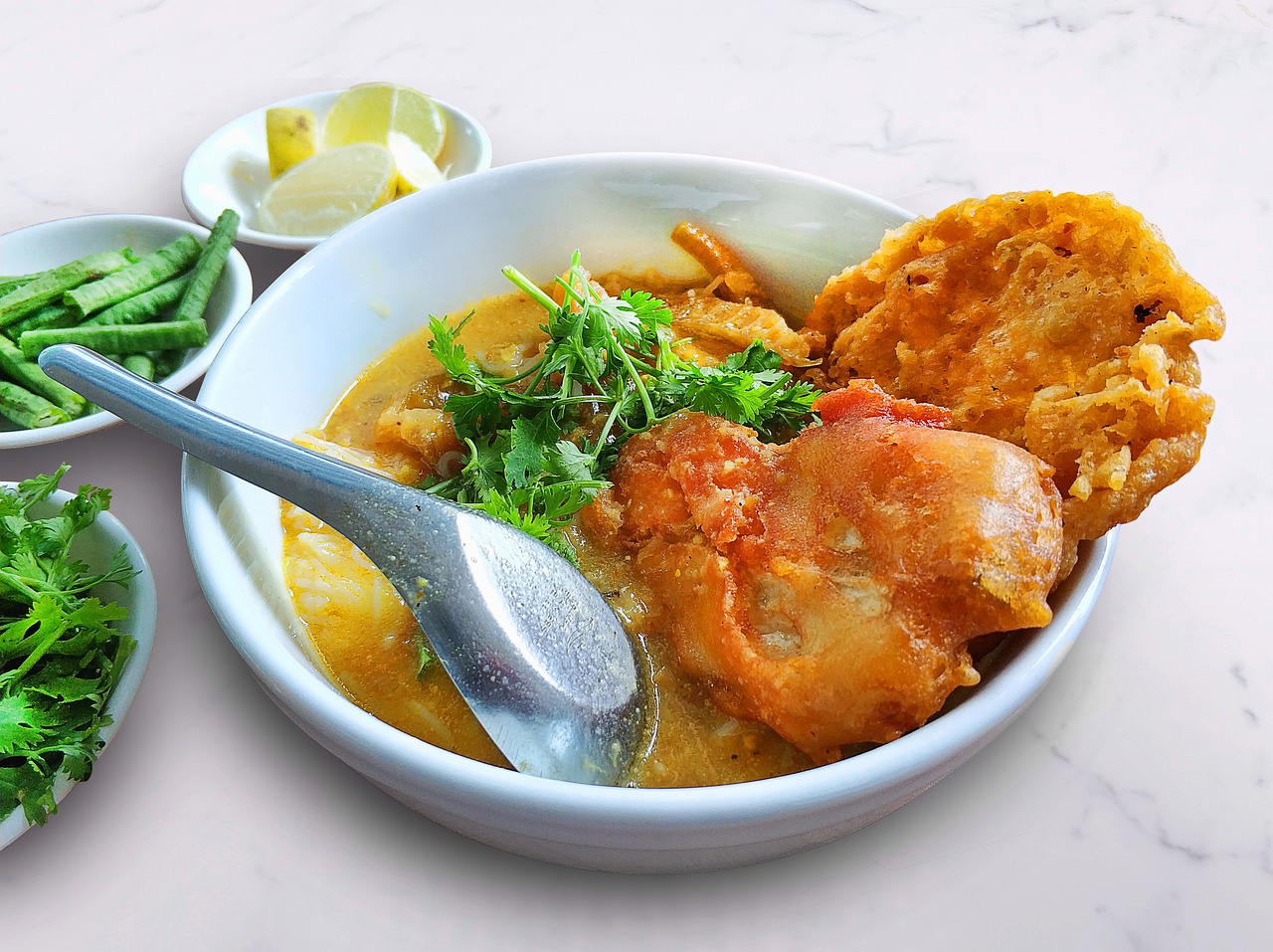
Mohinga is Myanmar’s traditional breakfast dish, a fish-based noodle soup with a flavorful broth. It’s made with rice noodles, fish paste, banana stem, and a mix of spices, creating a comforting and hearty meal. This dish is deeply ingrained in Burmese culture and is often served at gatherings and celebrations. The use of banana stem and the rich, savory broth make it unique. It’s a delicious introduction to Myanmar’s culinary heritage.
Gado-Gado (Indonesia)
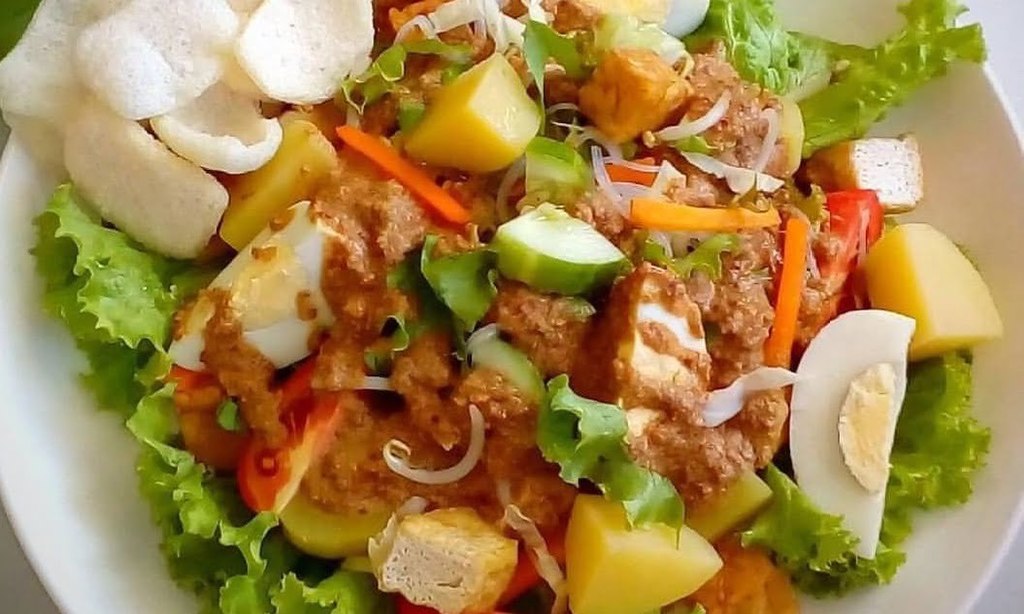
Gado-Gado is Indonesia’s beloved salad, combining steamed vegetables, tofu, and hard-boiled eggs with a peanut sauce dressing. The name means “mix-mix,” reflecting the variety of ingredients used. It’s a light yet satisfying dish that’s both healthy and flavorful. Originating from Java, it showcases the region’s love for fresh, vibrant ingredients. The creamy, spicy peanut sauce is what truly makes it stand out.
Bo Kho (Vietnam)
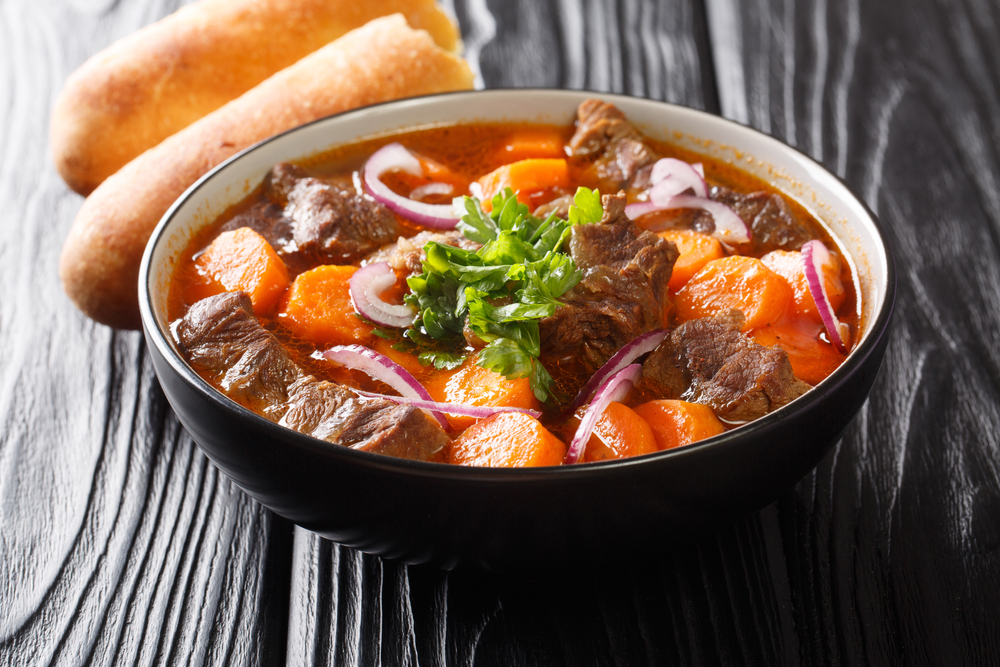
Bo Kho is a Vietnamese beef stew known for its tender meat and fragrant, spiced broth. It’s flavored with star anise, cinnamon, and lemongrass, giving it a unique depth of flavor. Often served with baguette or rice noodles, it reflects Vietnam’s French culinary influence. Its rich, hearty flavors make it a perfect comfort food. It’s a must-try for those who love robust, aromatic dishes.
Larb (Laos)
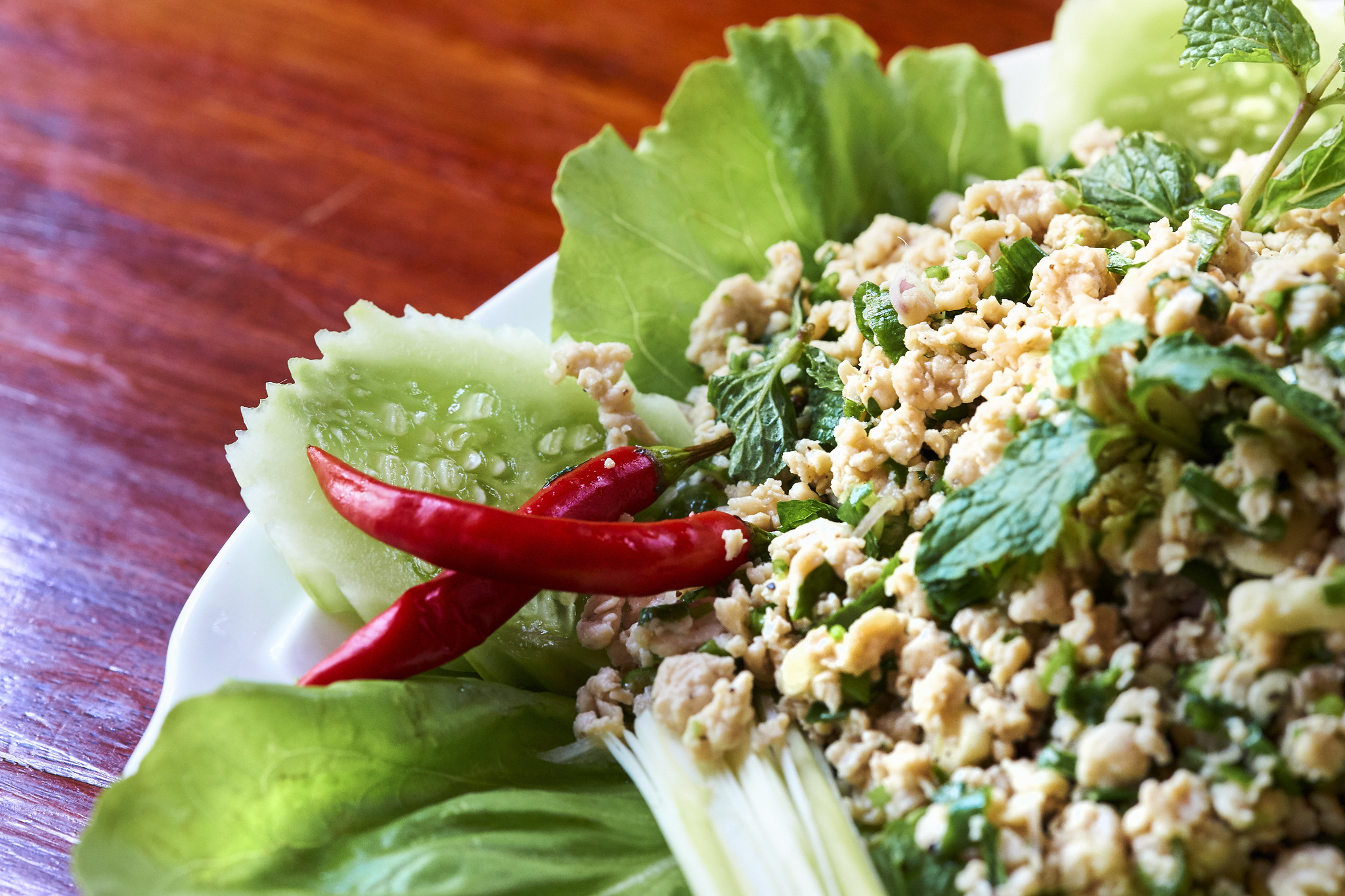
Larb is a Laotian minced meat salad, often made with pork, chicken, or beef, and flavored with lime juice, fish sauce, and fresh herbs. It’s considered the national dish of Laos and is a staple at celebrations and gatherings. The addition of toasted rice powder gives it a nutty flavor and unique texture. The combination of tangy, salty, and spicy flavors makes it a standout dish in Southeast Asian cuisine. It’s best enjoyed with sticky rice.
Khao Soi (Thailand)
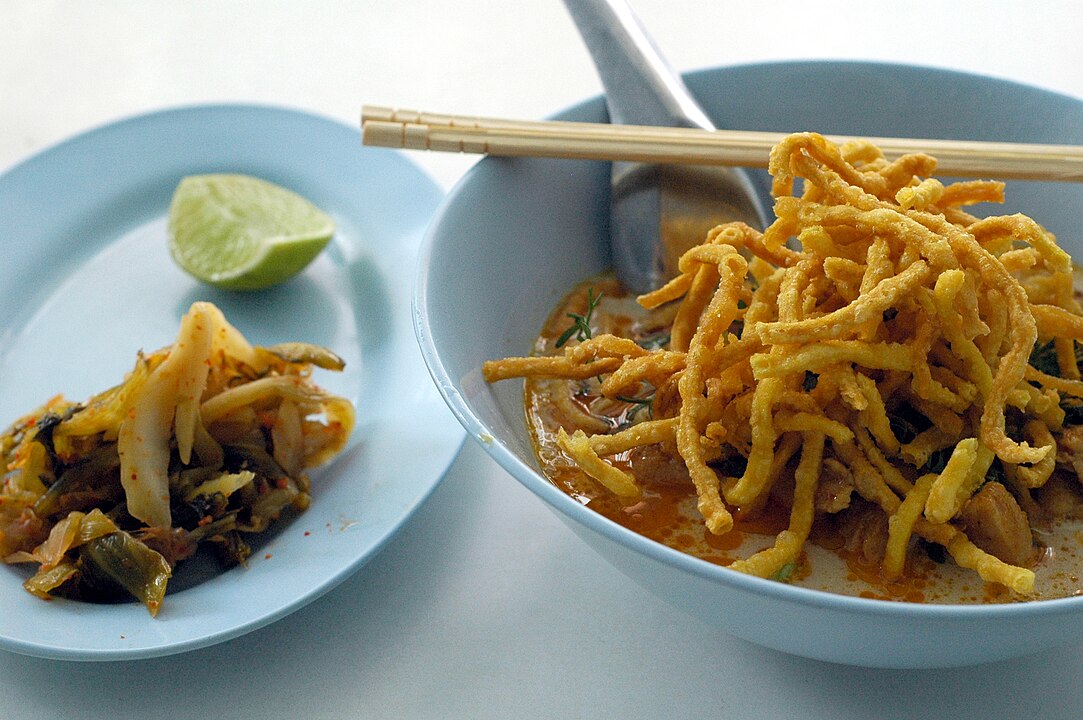
Khao Soi is a northern Thai curry noodle soup with Burmese influences. It’s made with egg noodles, coconut milk, and a curry-based broth, topped with crispy noodles, lime, and shallots. This dish is unique for its mix of textures and flavors, combining creamy, tangy, and crunchy elements. It’s a specialty of Chiang Mai and showcases the region’s rich culinary heritage. The comforting warmth and bold spices make it a favorite among curry lovers.
This article originally appeared on UnifyCosmos.
More from UnifyCosmos
15 Best Fall Face Masks for Glowing Skin

As the weather cools down in the fall, your skin needs extra hydration to maintain that glowing, dewy look. Face masks are an excellent way to nourish, moisturize, and give your skin the boost it needs during this transitional season. Read More
16 Statement Boots You Need for the Fall Season

Fall is the perfect time to elevate your wardrobe with bold and stylish boots. The right pair can transform your entire look while keeping you warm and comfortable. Read More
19 Job Interview Errors That Hurt Your Chances of Success

A job interview can make or break your chances of landing the position. But many people unknowingly make small mistakes that can have a big impact. Read More
Leave a Reply